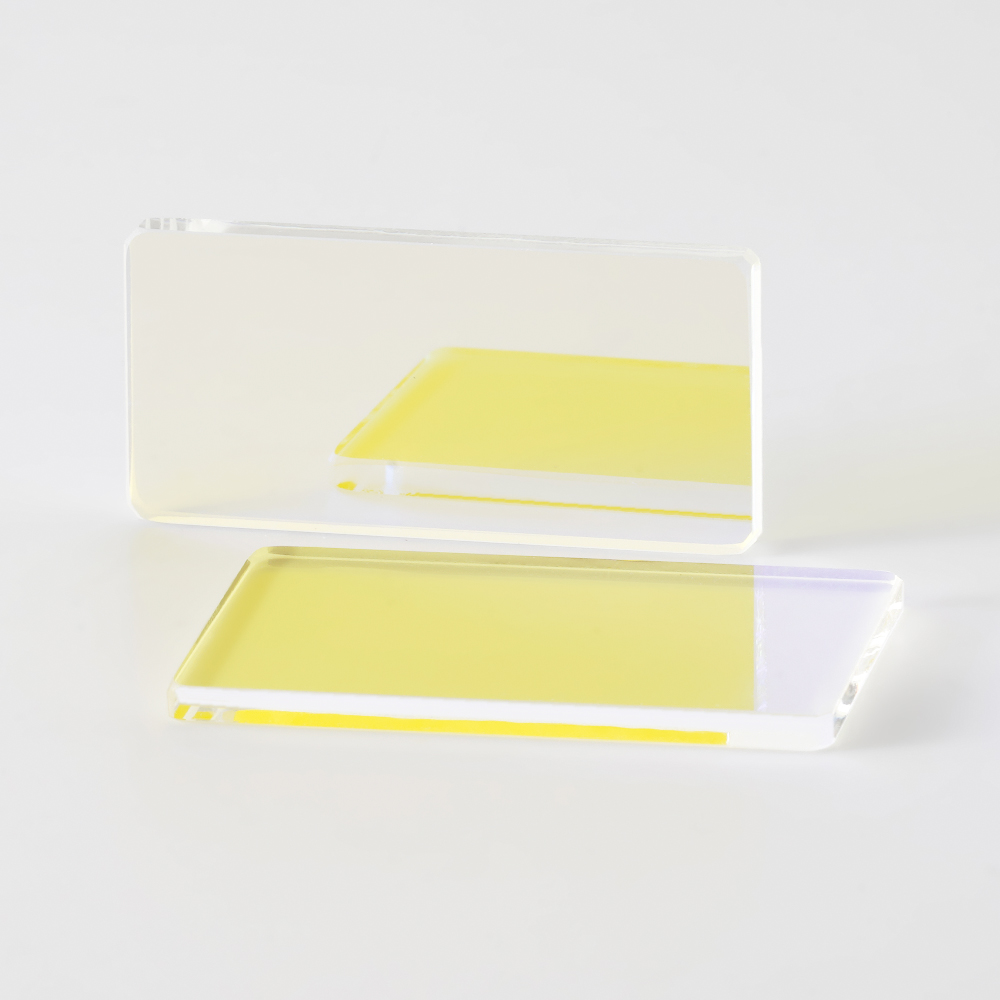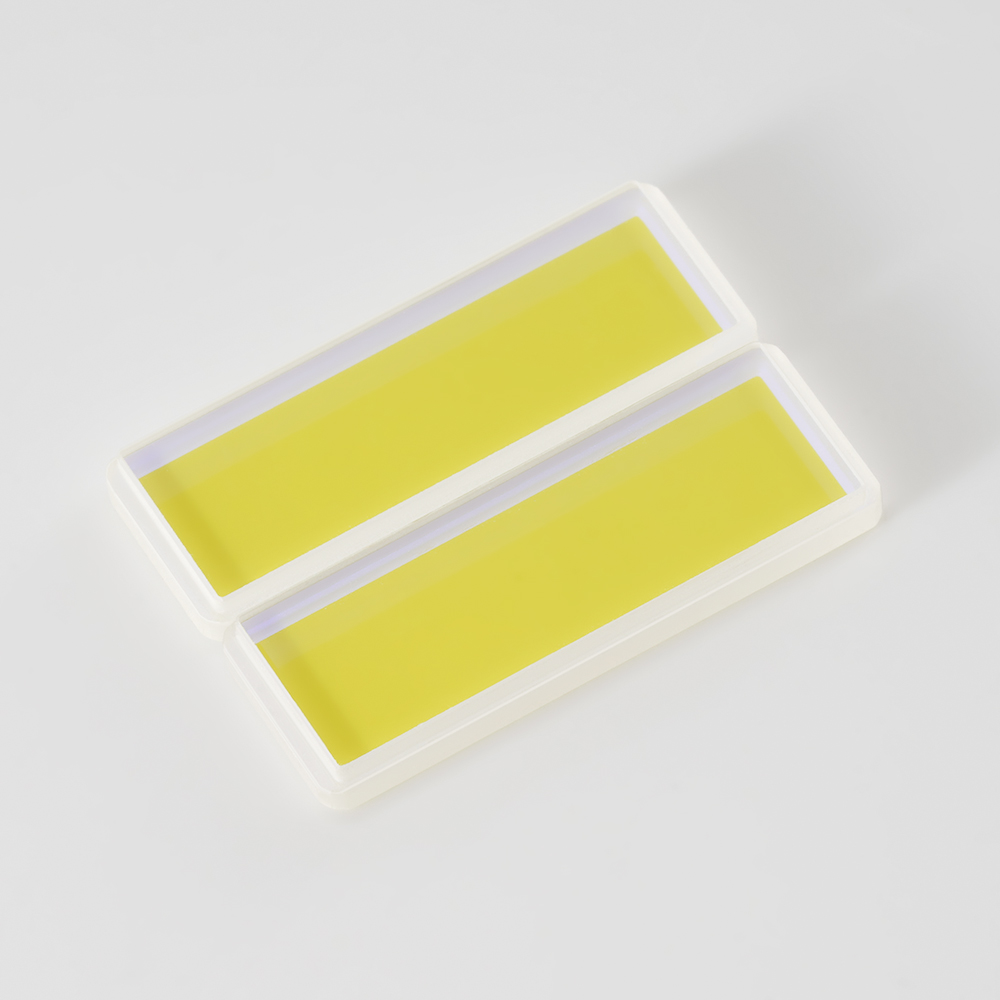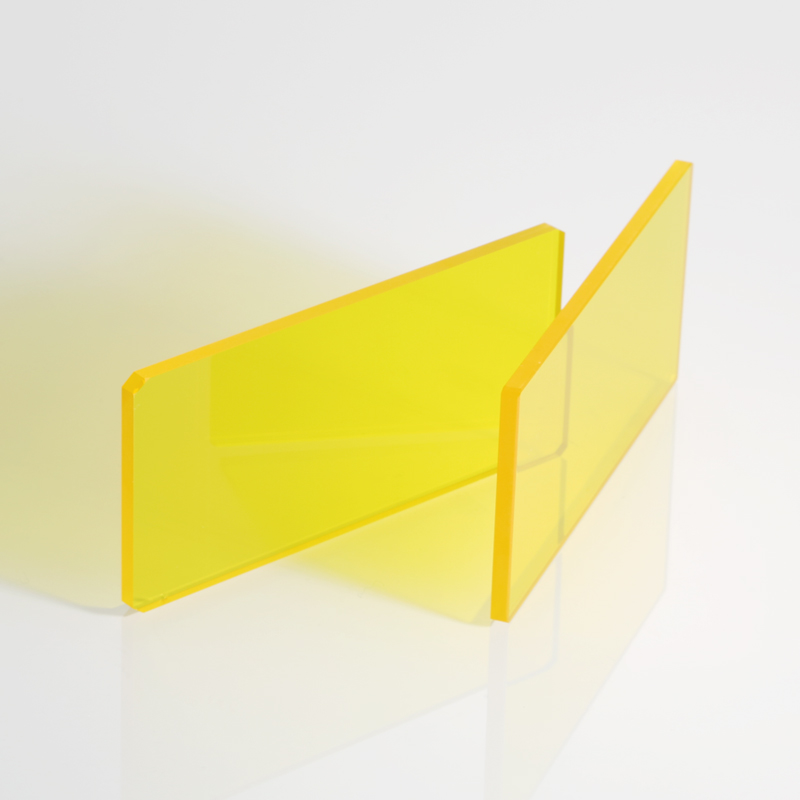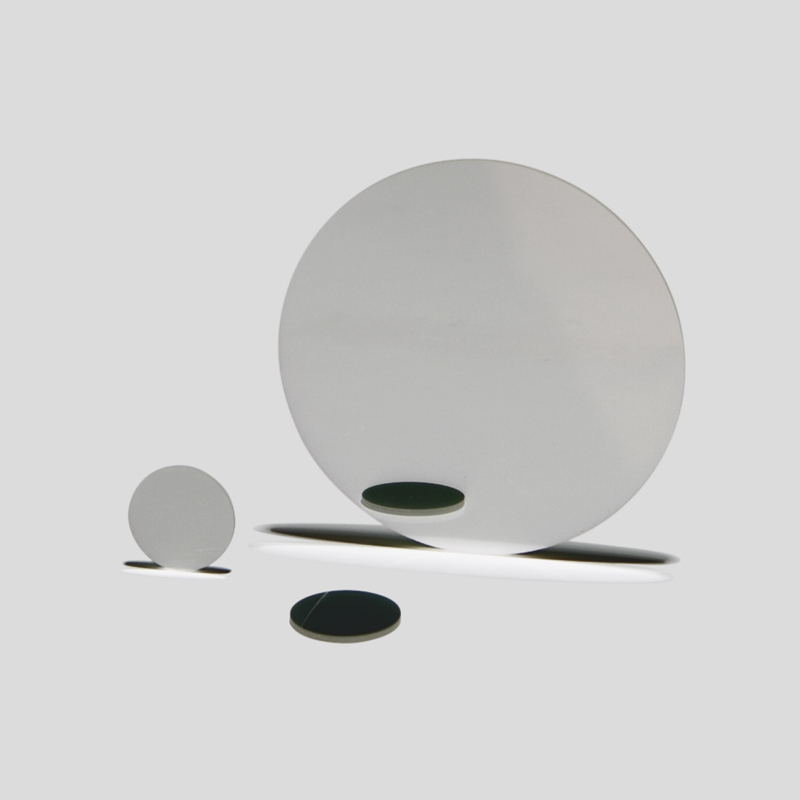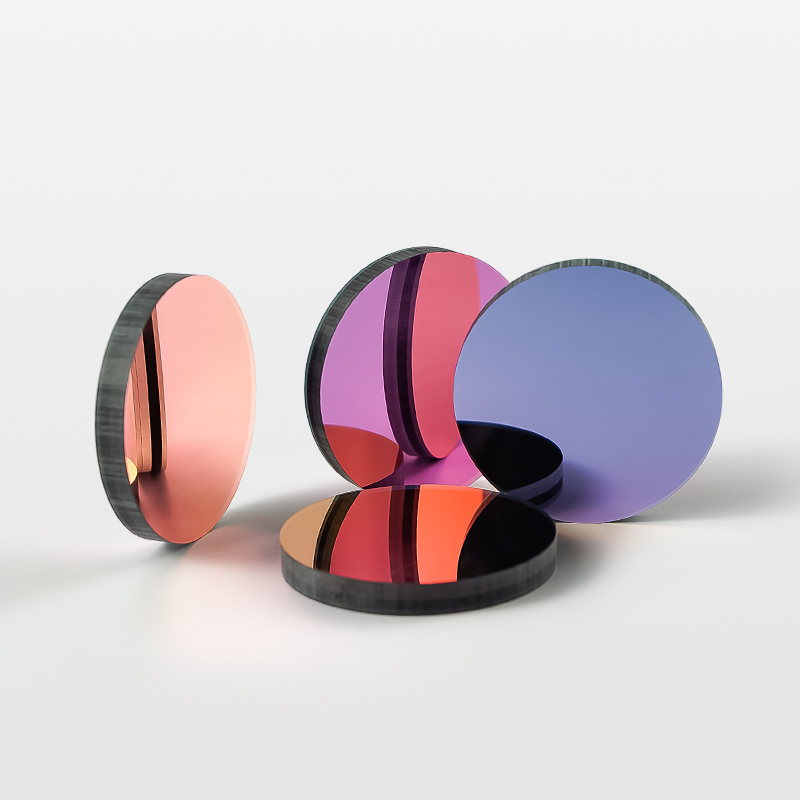
NBP365 ultra-narrowband filter is a high-performance filter designed for high-precision fluorescence detection, especially suitable for selective enhancement of fluorescence signals excited by 365nm ultraviolet light. Its features include extremely narrow bandwidth, extremely high transmittance, effective background light suppression ability and stable environmental adaptability, making it outstanding in a variety of high-demand biological analysis and material testing applications.
Model: BP365
Specifications: Customized
Material: Optical glass
The NBP365 ultra-narrowband filter, with its high precision and high signal-to-noise ratio in the 365nm band, meets the stringent requirements of modern fluorescence detection for sensitivity and reliability. The application of this filter has greatly expanded the technical boundaries in the fields of fluorescence microscopy, molecular diagnosis and material analysis, and is a high-quality optical filter product.
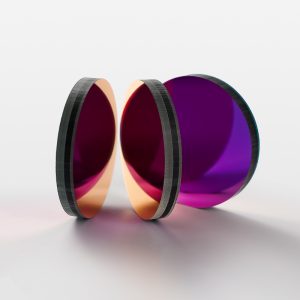
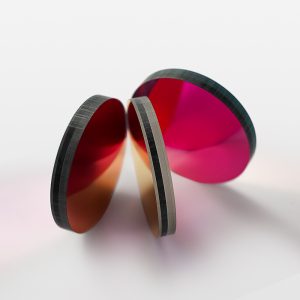
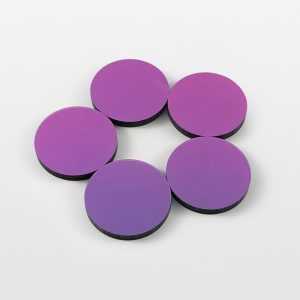
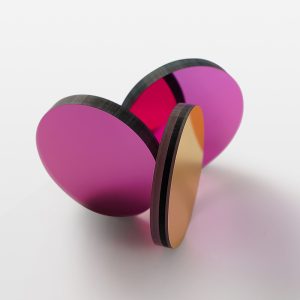
Conventional parameters
Center wavelength: 365nm±5nm
Peak transmittance: T>80%
Bandwidth: 5~10nm
Cut-off band: 200~1200nm
Cut-off rate: T<0.1%
Product Features
Precise control of central wavelength: The central wavelength of the NBP365 filter is 365nm, and the bandwidth range is extremely narrow (usually within 1-10nm), ensuring that only specific wavelengths of light near 365nm are transmitted. This precise wavelength control can effectively excite the target fluorescent dye or marker, while suppressing the interference of other stray light, greatly improving the signal-to-noise ratio.
Ultra-high transmittance: The filter has excellent transmittance at a wavelength of 365nm, allowing the excitation light to pass through and excite the fluorescent dye more effectively. In this way, high-quality fluorescence signals can be obtained under low-energy conditions, which is suitable for high-sensitivity detection needs.
Good background light suppression effect: The filter has a strong ability to block other wavelengths outside the band of the excitation light source, effectively reducing background noise and stray light interference, and ensuring the purity of the detection signal. This feature is particularly suitable for complex biological sample detection that requires a high signal-to-noise ratio.
Strong environmental stability: The NBP365 filter has been optimized and is insensitive to changes in temperature and humidity. It can maintain consistent transmittance under various environmental conditions and meet the stringent requirements in laboratories and outdoor environments.
Application fields
Bioluminescence detection:
Applicable to fluorescence microscopes, flow cytometers and other equipment, it can effectively excite common ultraviolet fluorescent dyes, such as DAPI, to help observe cell nucleus staining. Its high wavelength accuracy and high signal-to-noise ratio make it very suitable for cell morphology and tissue imaging analysis.
Immunoanalysis:
In immunoassay techniques such as enzyme-linked immunosorbent assay (ELISA), 365nm light waves are often used to excite specific fluorescent markers. NBP365 filters can effectively reduce stray light and provide highly selective excitation light, thereby improving the accuracy and repeatability of test results.
Molecular diagnosis:
In molecular diagnostic equipment, such as fluorescent quantitative PCR instruments, NBP365 filters can excite specific ultraviolet probes to achieve quantitative detection of DNA or RNA amplification products. Its narrow bandwidth design can accurately control the excitation light, reduce background interference, and improve diagnostic accuracy.
Material science and chemical analysis:
NBP365 filters are often used in fluorescence spectrophotometers and other chemical analysis instruments to detect the characteristics of materials containing ultraviolet fluorescence. The selectivity of the filter for specific wavelengths helps to separate the fluorescence emission spectra of different components and improve the sensitivity and accuracy of quantitative analysis.
NBP365 narrow band filter spectrum curve


